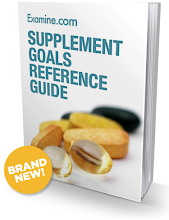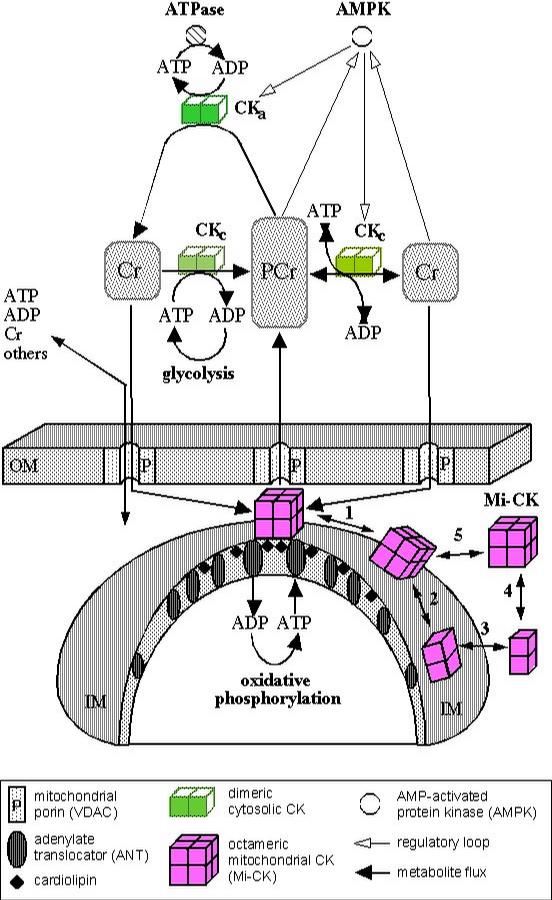Not the carbs I had in mind...
Effects of carbohydrate and caffeine ingestion on performance during a rugby union simulation protocol
Authors: Simon P. Robertsa; Keith A. Stokesa; Grant Trewarthaa; Jenny Doylea; Patrick Hogbena; Dylan Thompsona
| Affiliation: | a Sport and Exercise Science Research Group, School for Health, University of Bath, Bath, UK |
Abstract
In this study, we investigated the effect of ingesting carbohydrate alone or with caffeine on performance of a rugby union-specific shuttle running protocol. On three occasions, at least one week apart in a counterbalanced trial order, eight male rugby union forwards ingested either placebo or carbohydrate (1.2 g · kg-1 body mass · h-1) before and during a rugby union-specific protocol, with pre-exercise caffeine ingestion (4 mg · kg-1) before one of the carbohydrate trials (carbohydrate + caffeine). The intermittent exercise protocol included walking, jogging, and cruising at pre-determined intensities, simulated contact events, a sustained high-intensity test of speed and agility (Performance Test), and a 15-m sprint. Ratings of perceived exertion (RPE) were recorded every 5 min and a motor skills test was performed after each 21-min block. Performance Test times were not significantly different between trials but the likelihood of 2% improvements for carbohydrate + caffeine over placebo and carbohydrate were 98% and 44%, respectively. For carbohydrate + caffeine, 15-m sprints were faster than for placebo (P=0.05) and the motor skills test was performed faster in the carbohydrate + caffeine trial than the carbohydrate and placebo trials (P < 0.05), while RPE was lower in the carbohydrate + caffeine trial than the carbohydrate and placebo trials (P < 0.05). The results indicate a likely benefit to rugby performance following co-ingestion of carbohydrate and caffeine.
My Thoughts: Once again, good 'ol caffeine is a proven ergogenic. It would have been nice had there been a bigger subject group and a control for caffeine-only. For reference, 4mg/kg is a pretty standard dose for caffeine; for me, that's about 300mg, or a couple of cups of strong coffee.
Take Away Message: For performance, preWO(pre work-out) carbs plus caffeine is superior.
Cellular Power Plants, baby!
"You are only as good as your mitochondria"---Dr. BG From Animal Pharm
Love that quote!Eur J Appl Physiol. 2010 Jun 23. [Epub ahead of print]
Mitochondrial gene expression in elite cyclists: effects of high-intensity interval exercise.
Astrand Laboratory, GIH, The Swedish School of Sport and Health Sciences, Box 5626, SE 114 86, Stockholm, Sweden.
Abstract
Little is known about the effect of training on genetic markers for mitochondrial biogenesis in elite athletes. We tested the hypothesis that low-volume sprint interval exercise (SIE) would be as effective as high-volume interval exercise (IE). Ten male cyclists competing on national elite level (W (max) 403 +/- 13 W, VO(2peak) 68 +/- 1 mL kg(-1) min(-1)) performed two interval exercise protocols: 7 x 30-s "all-out" bouts (SIE) and 3 x 20-min bouts at ~87% of VO(2peak) (IE). During IE, the work was eightfold larger (1,095 +/- 43 vs. 135 +/- 5 kJ) and the exercise duration 17 times longer (60 vs. 3.5 min) than during SIE. Muscle samples were taken before and 3 h after exercise. The mRNA of upstream markers of mitochondrial biogenesis [peroxisome proliferator-activated receptor-gamma coactivator-1 (PGC-1alpha), PGC-1alpha-related coactivator (PRC) and peroxisome proliferator-activated receptor delta (PPARdelta)] increased to the same extent after SIE and IE (6-, 1.5- and 1.5-fold increase, respectively). Of the downstream targets of PGC-1alpha, mitochondrial transcription factor A (Tfam) increased only after SIE and was significantly different from that after IE (P < 0.05), whereas others increased to the same extent (pyruvate dehydrogenase kinase, PDK4) or was unchanged (nuclear respiratory factor 2, NRF2). We conclude that upstream genetic markers of mitochondrial biogenesis increase in a similar way in elite athletes after one exercise session of SIE and IE. However, since the volume and duration of work was considerably lower during SIE and since Tfam, the downstream target of PGC-1alpha, increased only after SIE, we conclude that SIE might be a time-efficient training strategy for highly trained individuals.PMID: 20571821 [PubMed - as supplied by publisher]
Take Away Message: Don't underestimate the value in short duration, high-intensity training, especially for athletes with a strong base in their chosen sport.
Jackpot!
Various Training
June 21, CFLA, 1PM
1000m row x5, 1:1 work/rest ratio
Props to David for giving me the idea for this WOD. Much more intense than just rowing a 5km.
3:20.7
3:48.3
3:43.9
3:41.9
3:42.3
Wow. It took everything for me to come back after the first interval for more punishment; I sandbagged the last 200m on the first, and thank god, because the second showed just how gassed I was. Interestingly enough, my times improved as I went on. Perhaps I didn't warm up properly. I'd like to say I'll do this again just based on the (perceived) effectiveness alone, but it's an ugly one.
June 22nd, CFLA, 1PM
Pre: 11.5km Bike to CFLA
WOD5 Rounds
10 Chest-to-Deck plyo pushup
20 Jumping Squats
3:29Post: 11.5km Bike Home
Interesting note: Legs were fine over the next few days, despite the wicked burn from the WOD---low intensity post-workout aerobic activity reduces DOMS by clearing metabolic waste. Ever wonder why you see NHL hockey players riding a stationary bike post-game? Yup. Hooray for science.
June 27th, Lethbridge Coulees, 1PM
Rode through the coulees with fellow Crossfitter Jacob (who, to his credit, was hungover AND lacking quality sleep. Tough as freakin nails, that guy) for roughly 4.5hr; lots and lots of hill "slumping" over my beautiful, fast and flowy singletrack. Damn rain. At any rate, it was a long and enjoyable ride. We'll see how the legs feel today on my ride to the gym.













